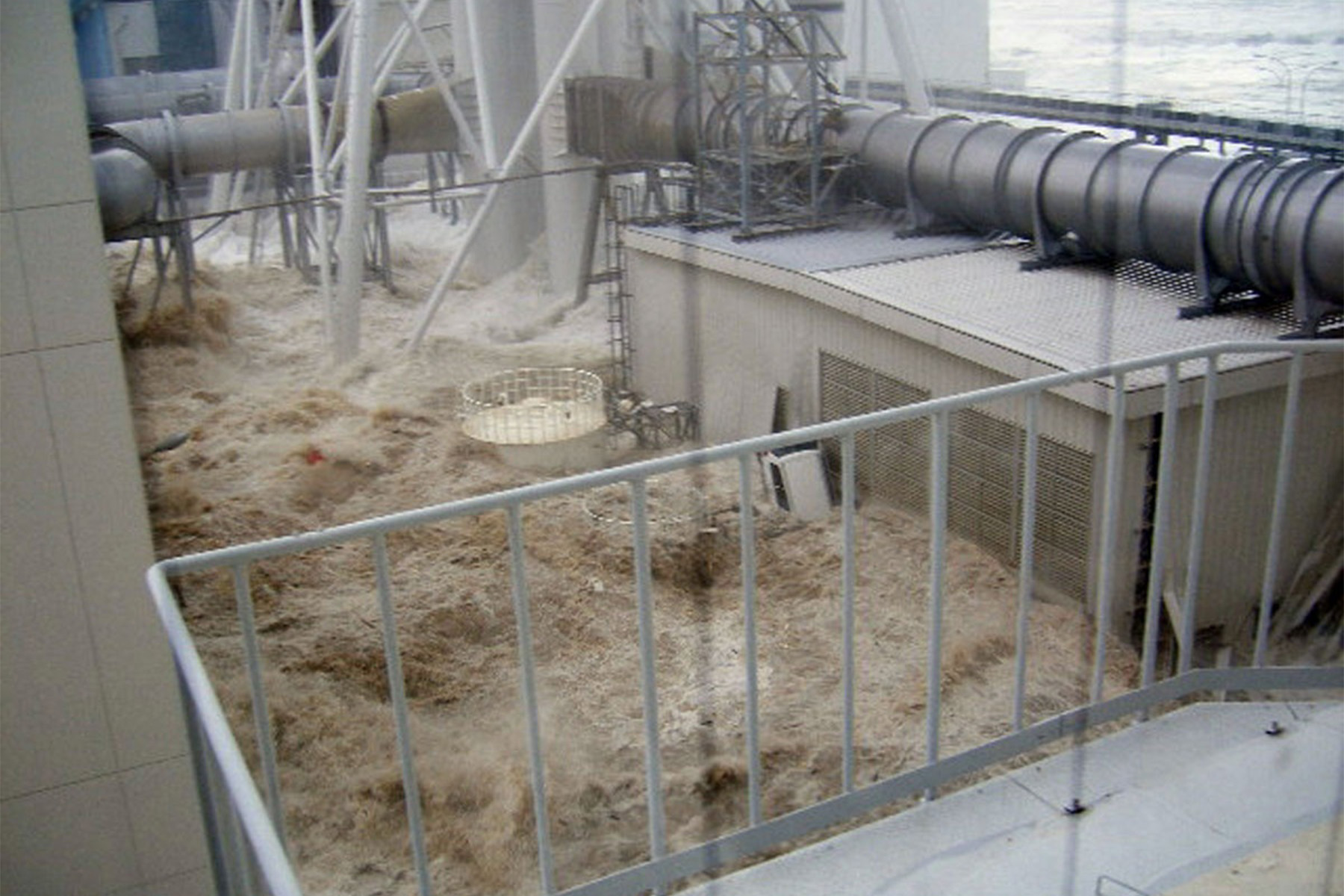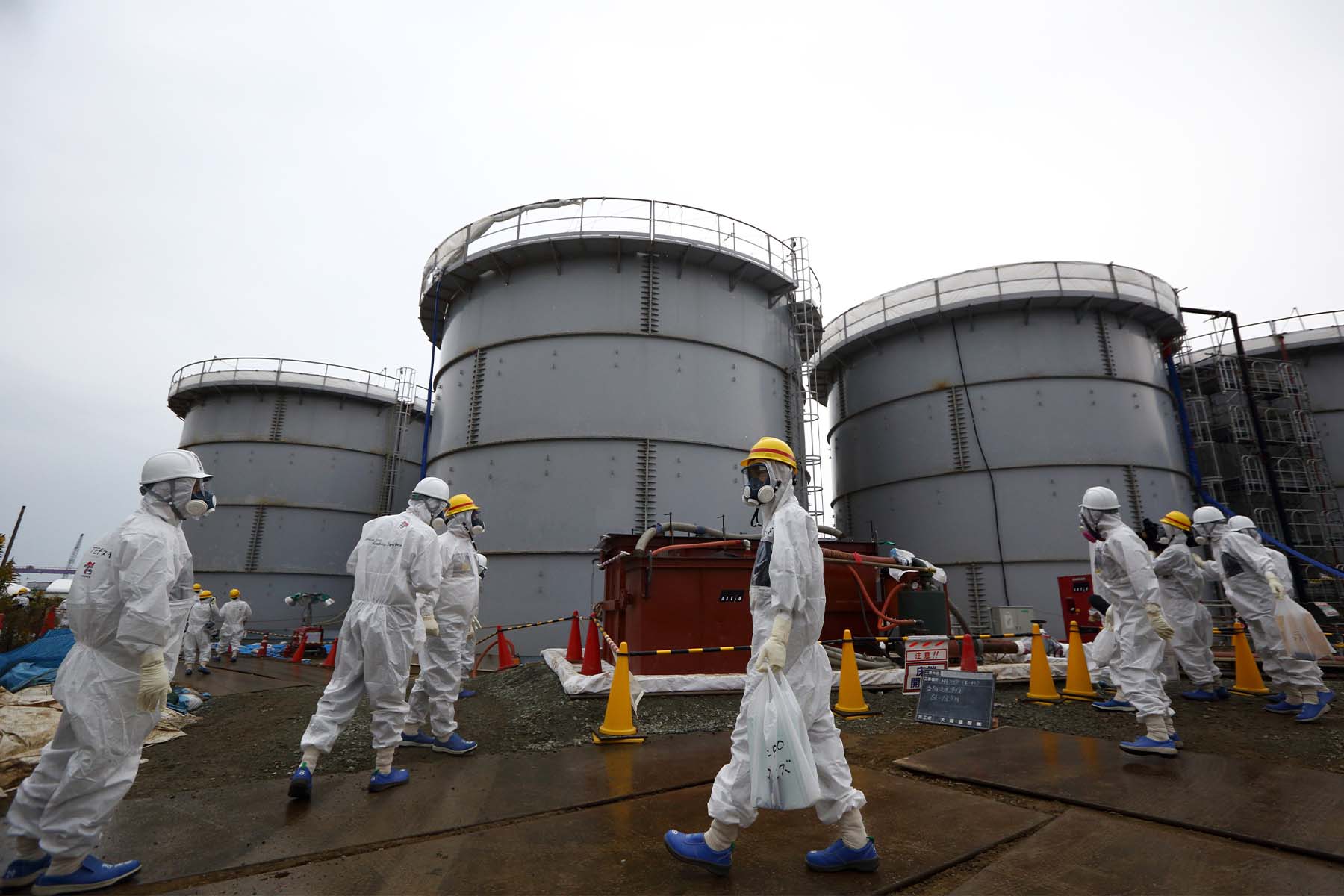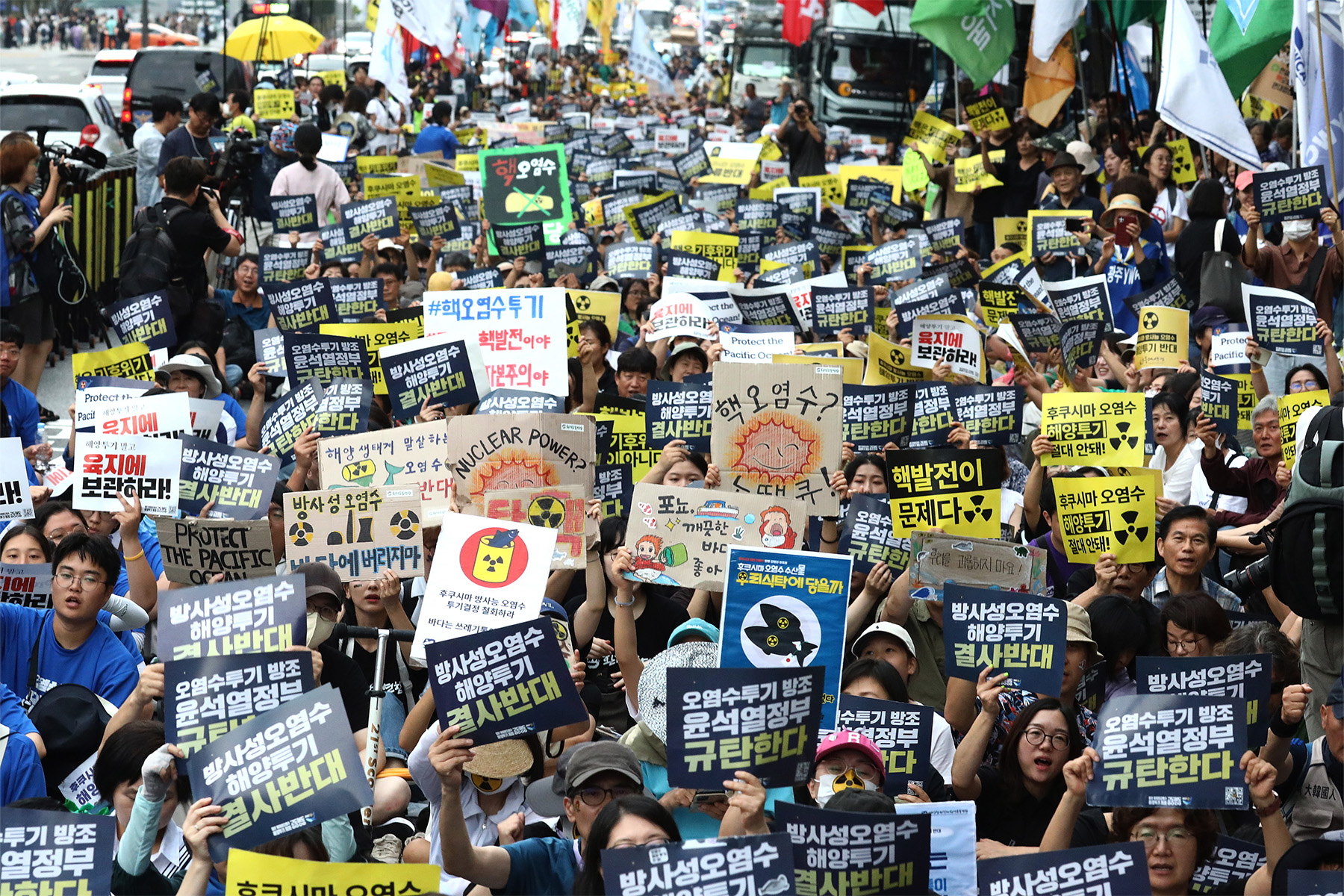
Health & Medicine
Everyone can help forge a safe ending to what Oppenheimer began

Discharging radioactive water from the damaged Fukushima Daiichi nuclear power plant is avoidable, risky and potentially illegal
Published 28 August 2023
The Japanese government intends to discharge all 1.34 million tonnes of wastewater from the Fukushima Daiichi Nuclear Power Station, an operation that began on 24 August 2023. Presumably, it also plans to discharge the wastewater that will continue to accumulate over the coming decades.
This decision is not only harmful to human and environmental health but is also, in our opinion, in direct violation of international law. Something the Japanese government disputes.
The original announcement, made in 2021, came 10 years after a 9.0 earthquake and tsunami struck Japan’s east coast, damaging the cooling mechanisms at the Fukushima Daiichi Nuclear Power Station (FDNPS) and causing three nuclear reactors to meltdown.

The destruction of the FDNPS released an estimated 520 Peta Becquerels (520 x 10¹⁵ nuclear decays per second) of various radionuclides (radioactive elements) into the atmosphere, including cesium, carbon-14, iodine-129, and tritium. However, this figure excludes noble gases such as xenon-133, of which the Fukushima release was the largest since atmospheric nuclear bomb tests.
Following the incident, the Japanese government worked with the UN’s International Atomic Energy Agency (IAEA) and the Tokyo Electric Power Company (TEPCO) on a plan to decommission the plant, efforts which continue to this day.
The first step of this process was to ensure the reactors remained stable. As such, ocean water was pumped into the reactors as a replacement for the now-defunct cooling mechanisms. Though necessary, this process, along with extensive groundwater leakage, has produced over one million tonnes of irradiated wastewater, which continues to accumulate daily.

Health & Medicine
Everyone can help forge a safe ending to what Oppenheimer began
This wastewater is being decontaminated using an Advanced Liquid Processing System (ALPS), a filtration process intended to remove 62 radionuclides from water using a series of chemical reactions. However, this system’s consistent effectiveness, even with repeated treatment, has not yet been demonstrated, and ALPS is incapable of eliminating tritium and carbon-14.
As of July 2023, the ALPS-treated wastewater was being stored on-site in 1,046 storage tanks that are nearing capacity, hence the claimed need for ocean discharge.
The Japanese government plans to incrementally discharge the treated wastewater into the Pacific Ocean over the next 30 to 40 years. Though presented with other disposal options, such as long-term storage in purpose-built, seismically-safe tanks and solidifying the water in a leakproof form such as mortar or concrete, the task force declined to explore these avenues due to complexity and cost.
Even after initial cleaning, 70 per cent of the stored wastewater contains levels of radionuclides above regulatory standards, in some cases up to 20,000 times higher. And it’s not just tritium (more on this substance below) in this water, there are other, more toxic, substances, such as cesium-137, strontium-90 and cobalt-60.

However, the IAEA found that Japan’s plans “are consistent with IAEA Safety Standards” and that the levels of tritium, carbon-14, and other potential radioactive contaminants will be within international standards when discharged, without TEPCO having demonstrated its water cleaning can consistently achieve this.
Dilution of the wastewater as planned to meet regulatory limits will not alter the total amount of materials released, which is the key factor.
TEPCO estimates the annual radiation dose to people from the discharged water would be lower than that of a dental x-ray or a round-trip flight from New York City to Tokyo.
However, TEPCO’s checkered history gives little grounds for confidence in its assurances.

Politics & Society
Fixing the blind spot in nuclear inspections
Despite reassurance from the IAEA, the scientific community remains divided on the decision, citing growing evidence of how tritium may impact human and environmental health.
Moreover, environmental scientists have argued that the amount considered to be an environmentally safe level of radiation is more political than scientific. National standards invariably lag behind the science, and regulatory limits for tritium in water vary from as much as 7000 Bq/L (Becquerels per litre) in Canada to 15 Bq/L in California.
Tritium is a naturally occurring, radioactive form of hydrogen also produced by nuclear reactors and explosions. It is the largest radioactive byproduct of nuclear power plants. It reacts with oxygen to create tritiated water, which is why ALPS is unable to filter it. Tritium exposure has been largely considered to be harmless in low concentrations and, when ingested, tritiated water is processed in the body identically to water.
There is strong evidence, however, that tritium, particularly organically-bound forms, may have lasting health effects similar to other forms of radiation exposure, such as decreased lifespan, developmental delays and cognitive deficits, immunodeficiency, infertility and birth defects, and cancer and DNA mutations among humans, land animals and aquatic vertebrates and invertebrates who experienced high or prolonged exposure.

The International Commission on Radiological Protection considers tritium’s beta radiation overall to be twice as biologically damaging as X-rays, and organically-bound tritium three times as damaging as tritium incorporated into water.
Though the task force has committed to monitoring tritium exposure in aquatic animals, TEPCO noted that “fish tritium measurement is very difficult and there are only a few analysis agencies that are capable of performing this measurement,” and that reports from these agencies are often conflicting, making this an insufficient risk mitigation strategy.
Japan joined both the 1972 London Convention to prevent marine pollution by waste dumping, and also the 1996 Protocol which specifically prohibits the marine dumping of radioactive waste. In 1996, Japan ratified the United Nations Convention on the Law of the Sea (UNCLOS), an international agreement that established a framework for maritime activities.

Sciences & Technology
Would cockroaches really survive a nuclear apocalypse?
By ratifying UNCLOS, Japan committed itself to “protect and preserve the marine environment” and abstain from polluting waterways from “land-based sources”.
Additionally, in 1992 Japan committed to the Rio Declaration, a collection of goals created by the UN targeting sustainable development and environmental protection that heavily emphasises the precautionary principle. Article 15 states: “where there are threats of serious or irreversible damage, lack of full scientific certainty shall not be used as a reason for postponing cost-effective measures to prevent environmental degradation.”
Though there is still debate within the scientific community surrounding the effects of tritium and what constitutes an acceptable level of radiation exposure, two truths remain. One, Japan has committed itself to environmental protection, and two, the contaminated wastewater is a land-based source of pollution.
Furthermore, the very existence of the debate on tritium’s safety and the knowledge that the discharged water will contain other, more harmful radioactive pollutants, requires Japan to employ the precautionary principle just as they agreed to in 1992.

The Japanese government moving forward with the discharge plan, disregarding its commitments to the global community and international efforts for environmental protection sets a precedent for how the global community responds to modern nuclear crises.
Approving this plan means approving a compromise on human and environmental health, inflicting a transboundary and transgenerational problem on peoples around the Pacific with no offsetting benefit or say in the decision, and a failure to engage state and non-state actors with stakes in the nuclear industry to question what’s acceptable.

Health & Medicine
Fukushima: The misery piles up
As such, the Japanese government must follow through on its commitments to the international community and critically consider alternatives for wastewater disposal. The discharge is planned to go on for 30-40 years and radioactive wastewater will continue to accumulate.
Even though it has already started, it can still be stopped and a better alternative implemented.
A version of this essay was written for the subject Planetary and Global Health in the Master of Environment at the University of Melbourne.
Banner: Getty Images